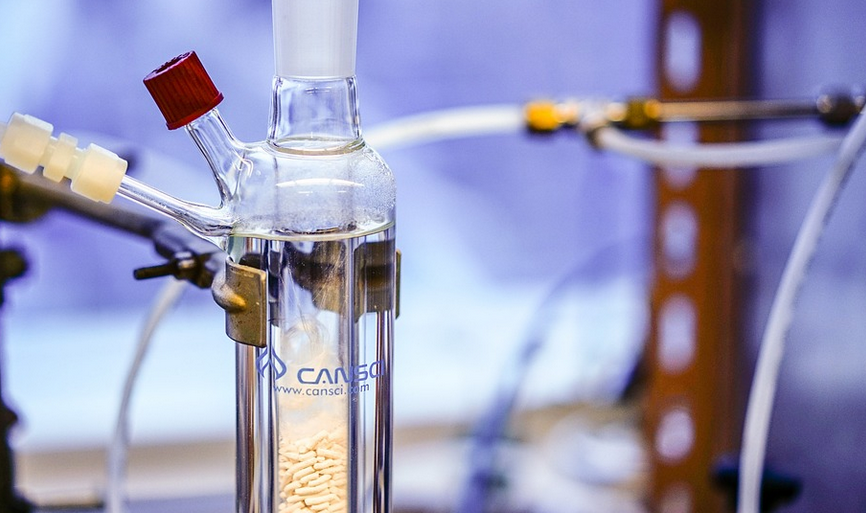Introduction
Stearic acid is a long-chain saturated fatty acid commonly found in many animal and vegetable fats. It has a wide range of applications in various industries, including cosmetics, pharmaceuticals, and food. One of the essential properties of stearic acid is its molecular mass, which plays a crucial role in determining its physical and chemical properties.
What is Molecular Mass?
Molecular mass, also known as molecular weight, is the sum of the atomic masses of all the atoms in a molecule. It is expressed in units of daltons or atomic mass units (amu). In simple terms, it is the mass of a molecule relative to the mass of a single atom of carbon-12, which is assigned a mass of 12 daltons. The molecular mass of stearic acid is calculated by adding the atomic masses of its constituent atoms.
Calculating the Molecular Mass of Stearic Acid
The molecular formula of stearic acid is C18H36O2. To calculate its molecular mass, we need to add the atomic masses of carbon, hydrogen, and oxygen. The atomic mass of carbon is 12.01 amu, hydrogen is 1.01 amu, and oxygen is 16.00 amu. Therefore, the molecular mass of stearic acid can be calculated as follows:
Molecular mass of stearic acid = (18 x 12.01) + (36 x 1.01) + (2 x 16.00) = 284.48 amu
Importance of Molecular Mass of Stearic Acid
The molecular mass of stearic acid is an essential parameter that determines its physical and chemical properties. It affects the solubility, melting point, boiling point, and reactivity of stearic acid. For instance, stearic acid with a higher molecular mass tends to have a higher melting point and lower solubility in water. On the other hand, stearic acid with a lower molecular mass tends to have a lower melting point and higher solubility in water.
Applications of Stearic Acid
Stearic acid has a wide range of applications in various industries. In the food industry, it is used as a food additive, emulsifier, and thickening agent. In the cosmetics industry, it is used as an emollient, emulsifier, and thickener in creams, lotions, and other skincare products. In the pharmaceutical industry, it is used as a lubricant, binder, and coating agent in tablet formulations.
Conclusion
The molecular mass of stearic acid is an essential parameter that determines its physical and chemical properties. It affects the solubility, melting point, boiling point, and reactivity of stearic acid. Understanding the molecular mass of stearic acid is crucial in various industries, including cosmetics, pharmaceuticals, and food. By knowing the molecular mass, we can predict the behavior of stearic acid in different conditions and applications.
Sources:
- https://pubchem.ncbi.nlm.nih.gov/compound/stearic_acid
- https://www.sigmaaldrich.com/US/en/technical-documents/technical-article/chemistry-and-chemical-engineering/organic-chemistry/molecular-weight-vs-molecular-mass
- https://www.sciencedirect.com/topics/chemistry/stearic-acid

